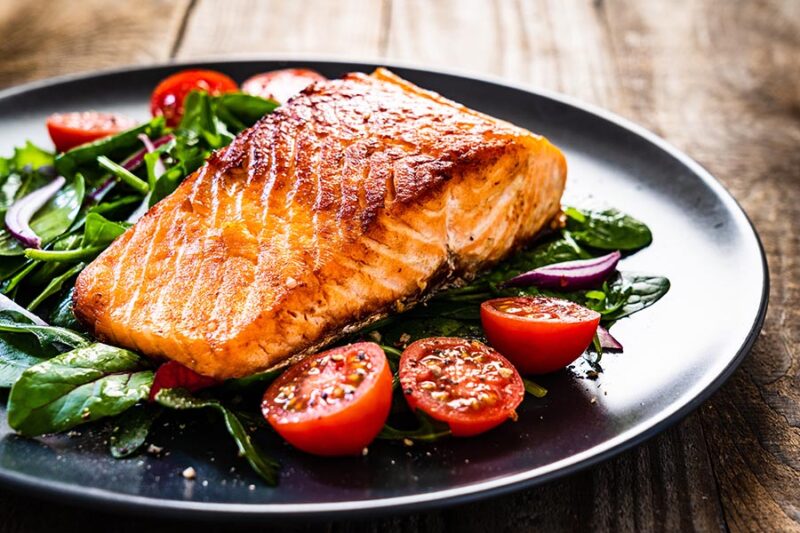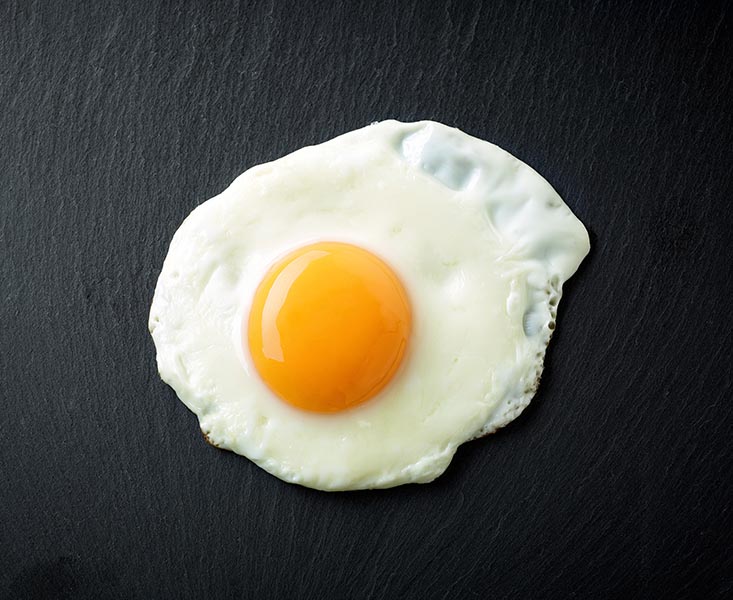How much vitamin D is in foods?
Many people don’t get enough vitamin D, but we may be looking in the wrong places.
Here’s a handful of foods with more or less of the vitamin than you might expect.
MORE than you thought

Few foods are naturally rich in vitamin D, which we get largely from sunlight, supplements, and fortified foods. Exceptions:
Salmon. Just 3 oz. of salmon can supply half a day’s vitamin D or more. Many other fish have at least 10 percent of a day’s worth. That includes tilapia, barramundi, rainbow trout, rockfish, and herring. (Chicken, turkey, beef, and pork have little or none.)
Sunny mushrooms. Plants have next to no vitamin D. But mushrooms (they’re fungi) make their own when they’re exposed to ultraviolet light...just like we do! The problem: Most mushrooms are grown in the dark. So some growers now treat theirs with enough UV light to add 50 to 100 percent of a day’s vitamin D to every 3 oz. serving.
How to tell if your shrooms got some sun? Look for a vitamin D claim or check the Nutrition Facts label. Of course, pricey foraged mushrooms like morels or chanterelles get a vitamin D boost—roughly 20 percent of a day’s worth per serving—because they grow outdoors.
LESS than you thought

Egg yolks. Vitamin D is a “reason to keep the yolk in your next omelet,” says eatingwell.com. But one large egg has just 5 percent of a day’s worth of D. That’s a drop in the bucket.
Cheese. Most dairy milk that’s sold in supermarkets has added vitamin D (12 to 20 percent of a day’s worth per cup). But most cheeses are made with unfortified milk.
Yogurt (maybe). Many big brands (like Stonyfield, Yoplait, and Dannon) add vitamin D to all or most of their yogurts. Others—like Chobani, Wallaby, and Brown Cow—don’t.
Photos: Mara Zemgaliete/stock.adobe.com, Jacek Chabraszewski/stock.adobe.com.
Continue reading this article with a NutritionAction subscription
Already a subscriber? Log in

